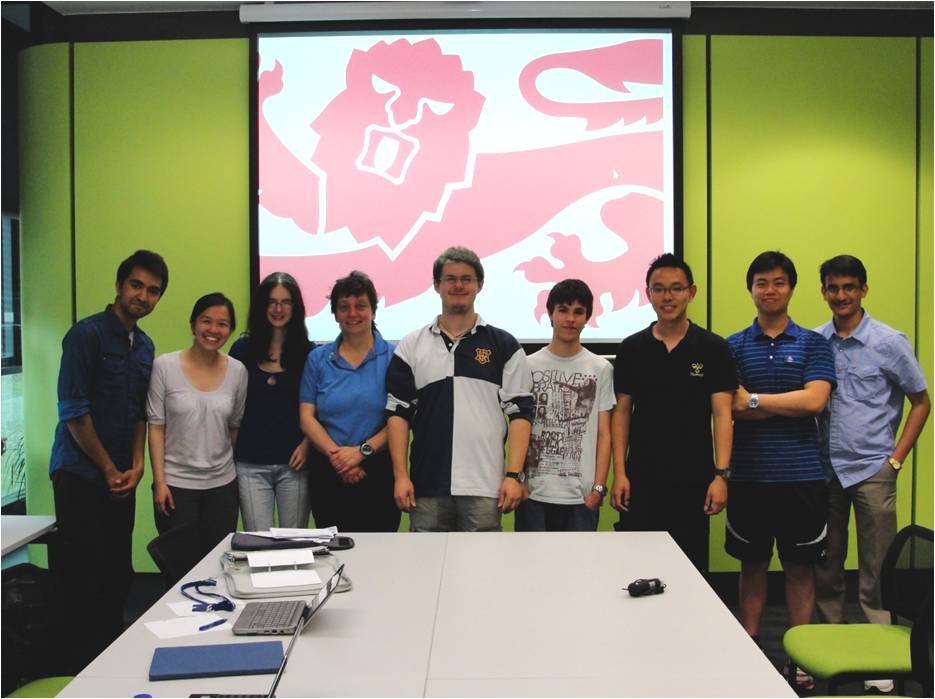Team:Newcastle
From 2010.igem.org

| |||||||||||||
| |||||||||||||
BacillaFilla
Project Description
Microcracks in concrete undermine structural integrity and are inaccessible to conventional repair methods. Bacteria of the Bacillus genus, such as Bacillus subtilis 168, could be the ideal candidates for concrete repair since they are able to precipitate CaCO3 ( Tittelboom et al.. 2009. "Use of bacteria to repair cracks in concrete", Cement and Concrete Research).
Our project aims to fill cracks in concrete with a mixture of:
- CaCO3, which has the same thermal expansion coefficient as concrete.
- Filamentous Bacillus subtilis cells, which will act like the fibres found in fibre-reinforced concrete.
- Glue, which is required to glue calcium carbonate and filamentous cells together and also help in filling up the crack.
The introduction of swarming genes into Bacillus subtilis 168 to enable it to travel down the microcracks.
Once the bacteria have reached a sufficient density inside a microcrack, a subtilin-based cell-signalling system, building on the subtilin sensing system previously designed by Newcastle's iGEM 2008 teamwill initiate concrete repair by making some of the cells to produce calcium carbonate and some of the cells to go filamentous.
To protect the environment our project will also include a design for a kill switch. 
|
 "
"
